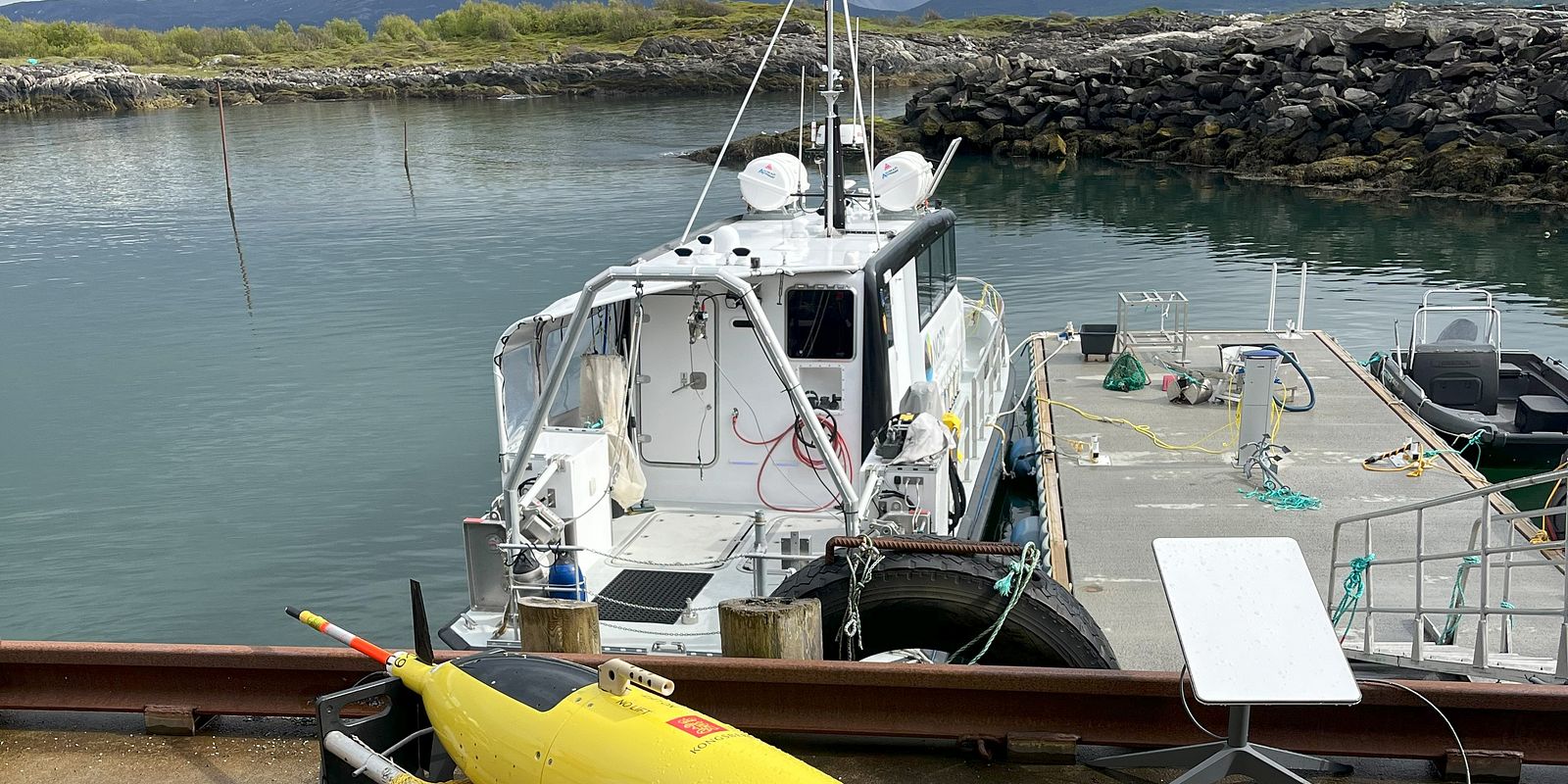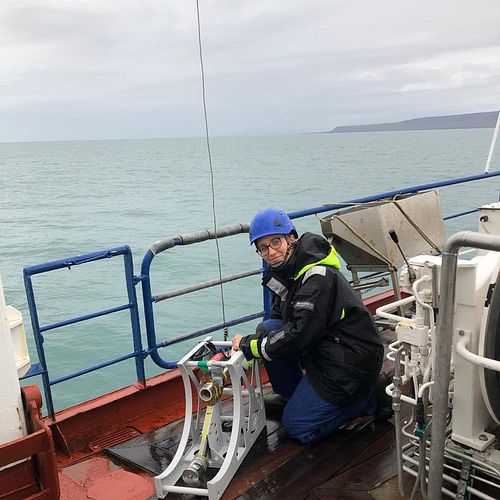8. juli 2025 pressemelding
The CliN-BluFeed project, financed by the Sustainable Blue Economy Partnership (SBEP), aims at developing new methodologies for tracking zooplankton patches. Energy-rich copepods, particularly Calanus spp., play a key role as primary food source for upper trophic levels and are currently harvested in a small-scale fishery. These copepods often form dense patches—but detecting these aggregations remains a challenge with traditional net-sampling methods.
IOPAN in Poland is a partner in the CliN-BluFeed project and recently graduated IOPAN master student Anna Jasina, documented the distribution of zooplankton patches by leveraging the high-resolution data obtained from optical instruments. Using this approach, Anna was able to provide detailed in situ assessments of the abundance and morphology of Calanus-type zooplankton in these patches. The results revealed strong temporal and environmental variability, underscoring the need for consistent, long-term monitoring using automated, high-resolution technologies to accurately monitor the quality and distribution of Calanus. This approach is currently being used in the CliN-BluFeed project with the data collected by the Seagliders equipped with UVP6.
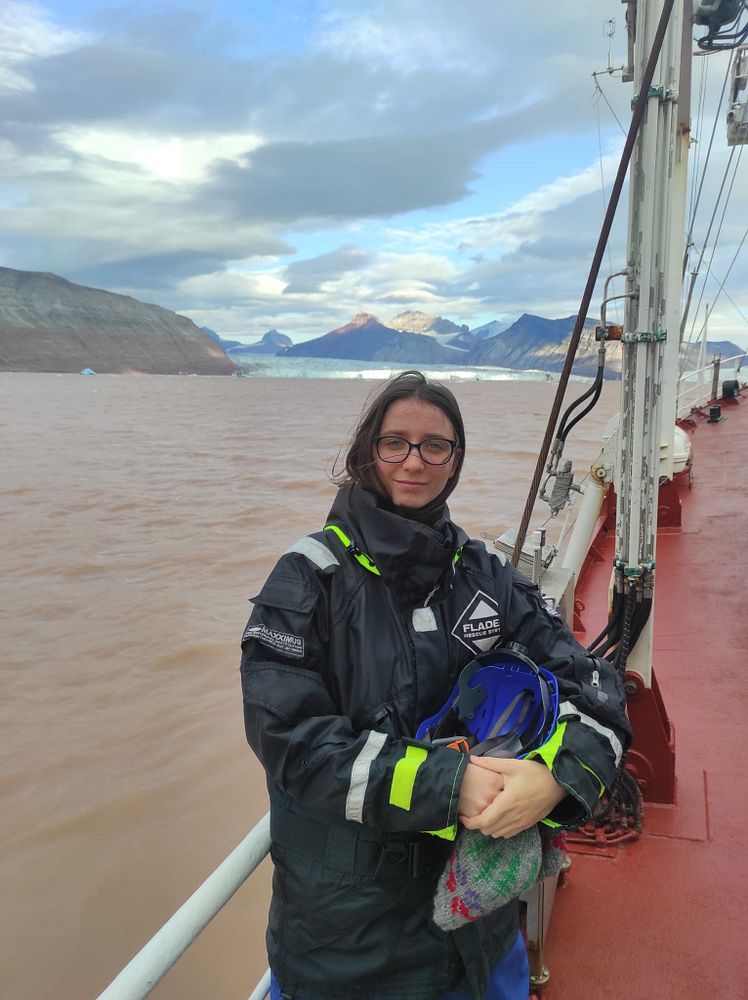
Master student Anna Jasina during fieldwork at Svalbard (Photo: Maja Trochanowska)
To better understand the foraging grounds of little auks on a broader scale, master student Anna Jasina employed two complementary high-resolution optical tools: a Laser Optical Plankton Counter (LOPC) and an Underwater Vision Profiler (UVP6). By combining these methods, Anna was able to provide detailed in situ assessments of the abundance and morphology of Calanus-type zooplankton.
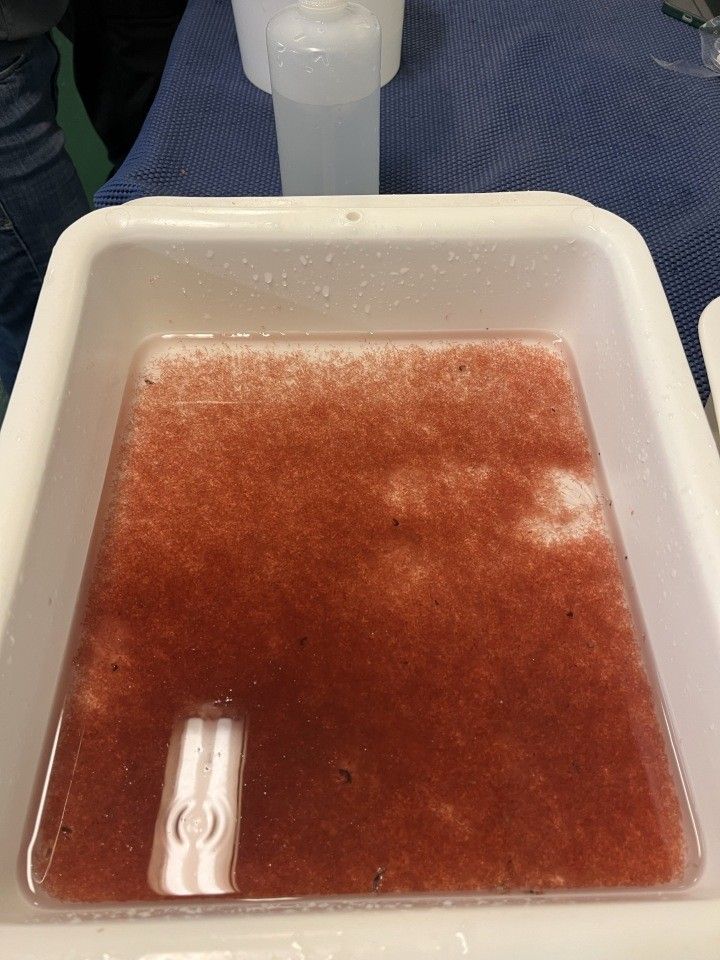
Catch of Calanus spp. (Photo: Pierre Priou/Akvaplan-niva).
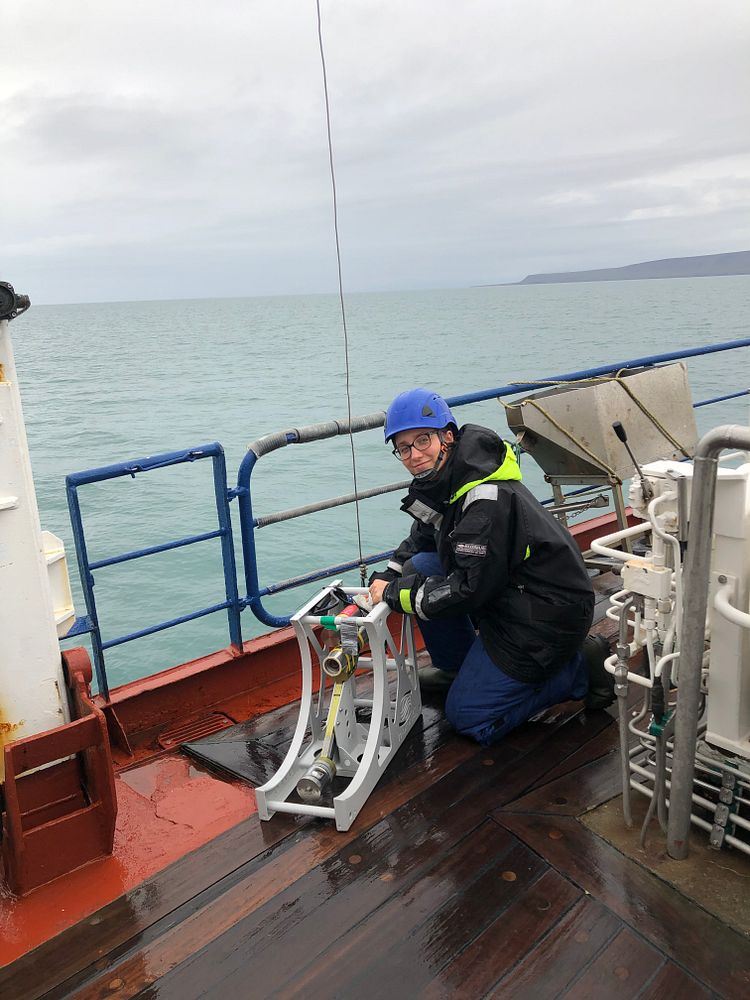
Anna Jasina mounting the Underwater Vision Profiler 6 (UVP6) during fieldwork at Svalbard (Photo credit: Maja Trochanowska)
Anna Jasina has been supervised by Emilia Trudnowska from the Institute of Oceanology Polish Academy of Sciences (IOPAN).
The title of her thesis is: CHARACTERISTICS OF PLANKTIVOROUS LITTLE AUKS’ FEEDING GROUNDS ON THE WESTERN SPITSBERGEN SHELF – ASSESSED BY MODERN OPTICAL TOOLS
The Clin-BluFeed project is led by Akvaplan-niva in Norway and the partners are IOPAN, CSCS, AIR Centre - Atlantic International Research Centre,and Alfred Wegener Institute (AWI).
Read more about the project: https://akvaplan.no/en/project...
